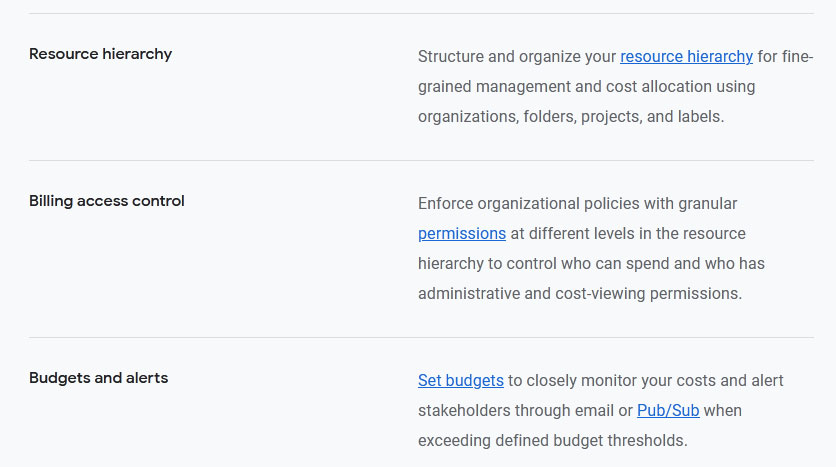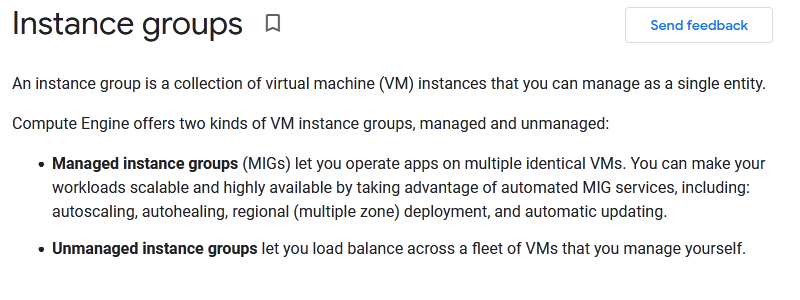Your organization wants to migrate your on-premises environment to Google Cloud. The on-premises environment consists of containers and virtual machine instances. Which Google Cloud products can help to migrate the container images and the virtual machine disks?
B
Reference:
https://cloud.google.com/compute/docs/import/importing-virtual-disks
Your company security team manages access control to production systems using an LDAP directory group.
How is this access control managed in the Google Cloud production project?
C
Reference:
https://cloud.google.com/blog/products/identity-security/achieving-identity-and-access-governance-on-google-cloud
Your organization wants to be sure that is expenditures on cloud services are in line with the budget. Which two Google Cloud cost management features help your organization gain greater visibility into its cloud resource costs? (Choose two.)
AB
Reference:
https://cloud.google.com/cost-management#section-6
Your organization needs to process large amounts of data from an online application that operates continuously. You do not want to be required to provision infrastructure or create server clusters. What should your organization choose?
D
Your organization needs to ensure that the Google Cloud resources of each of your departments are segregated from one another. Each department has several environments of its own: development, testing, and production. Which strategy should your organization choose?
B
Reference:
https://cloud.google.com/identity/docs/setup
Your organization is defining the resource hierarchy for its new application in Google Cloud. You need separate development and production environments. The production environment will be deployed in Compute Engine in two regions. Which structure should your organization choose?
C
Reference:
https://cloud.google.com/resource-manager/docs/creating-managing-projects
Your organization meant to purchase a 3-year Committed Use Discount, but accidentally purchased a 1-year Committed Use Discount instead. What should your organization do?
C
Reference:
https://cloud.google.com/compute/docs/instances/signing-up-committed-use-discounts
Your organization needs to allow a production job to have access to a BigQuery dataset. The production job is running on a Compute Engine instance that is part of an instance group.
What should be included in the IAM Policy on the BigQuery dataset?
C
Reference:
https://cloud.google.com/compute/docs/instance-groups
Your team is publishing research results and needs to make large amounts of data available to other researchers within the professional community and the public at minimum cost.
How should you host the data?
A
Your company needs to segment Google Cloud resources used by each team from the others. The teams' efforts are changing frequently, and you need to reduce operational risk and maintain cost visibility. Which approach does Google recommend?
A
Reference:
https://cloud.google.com/security/infrastructure/design